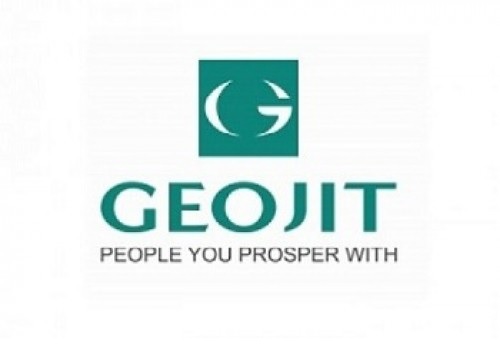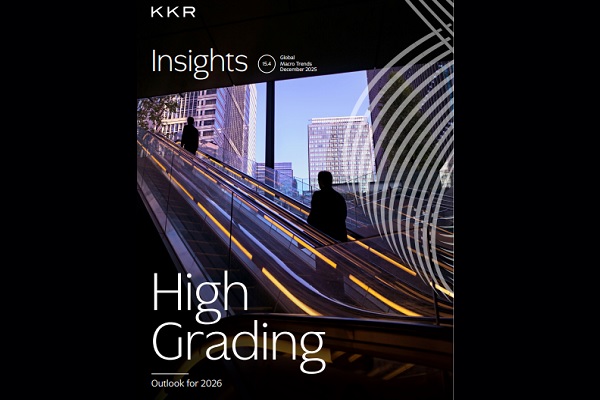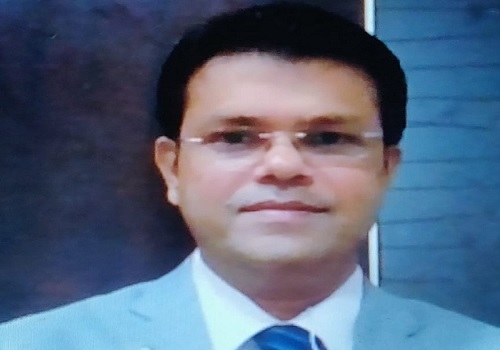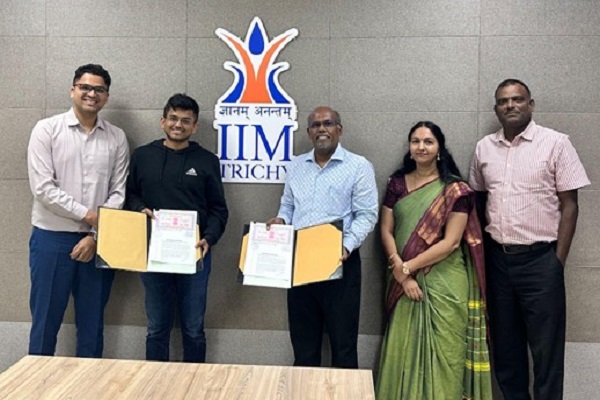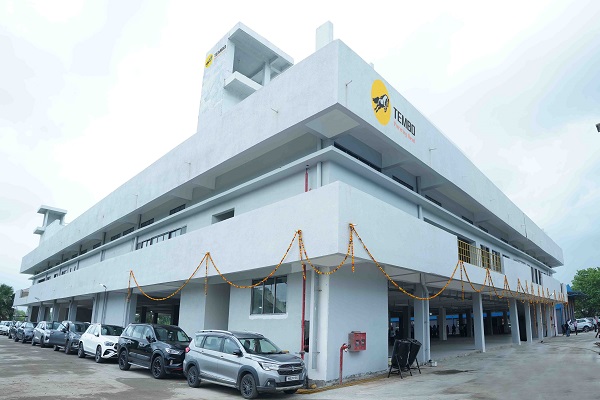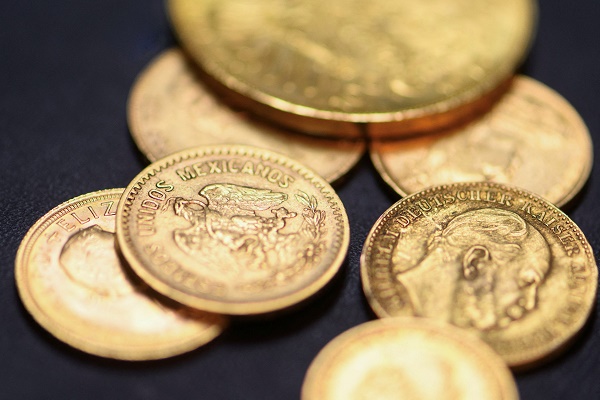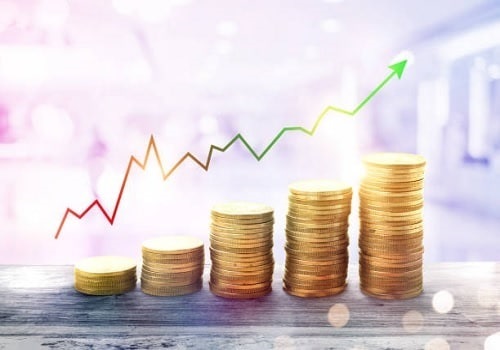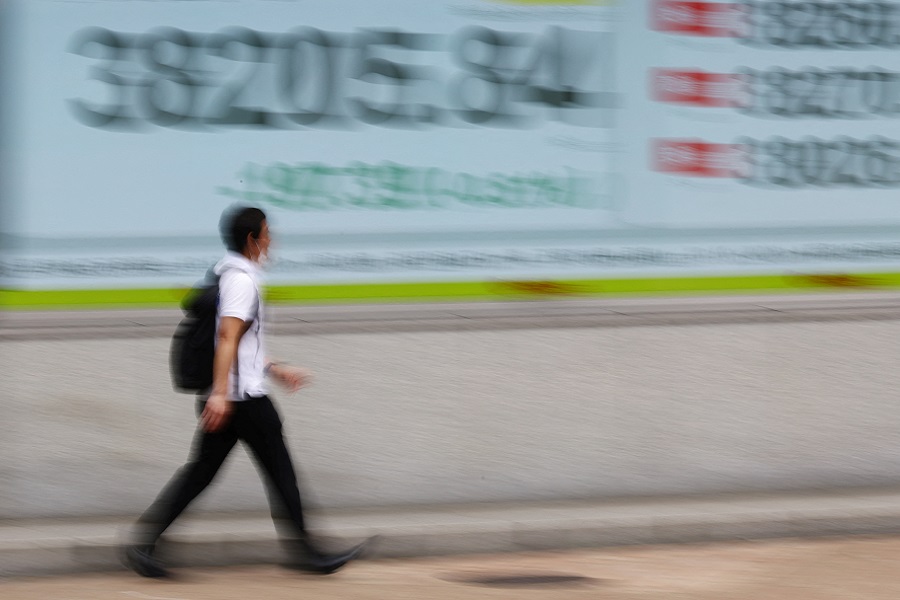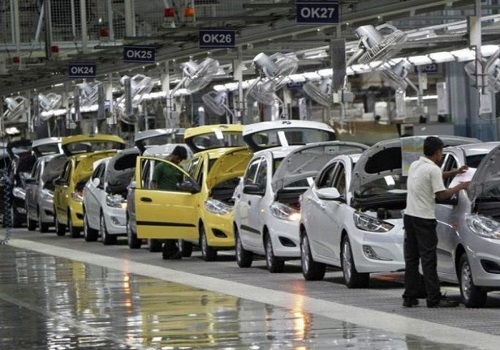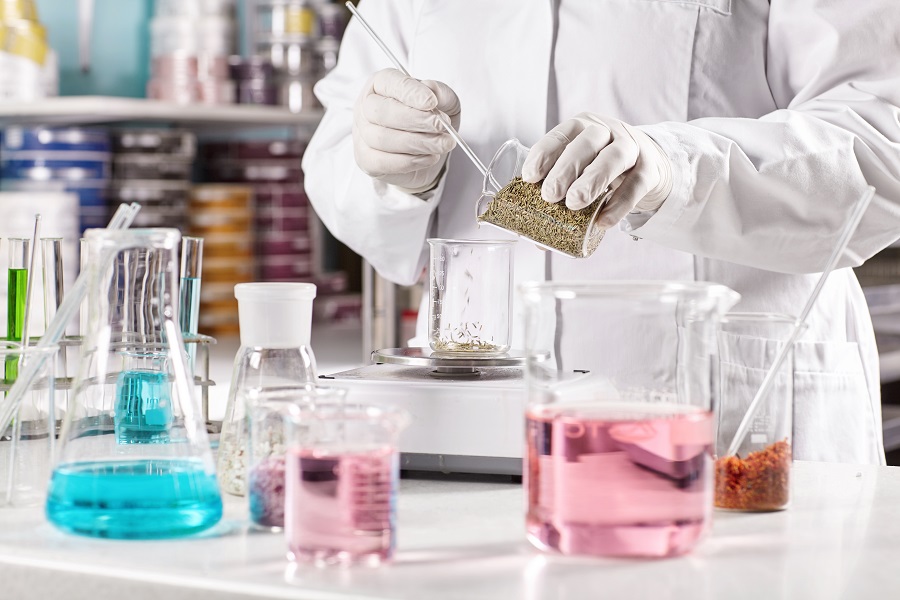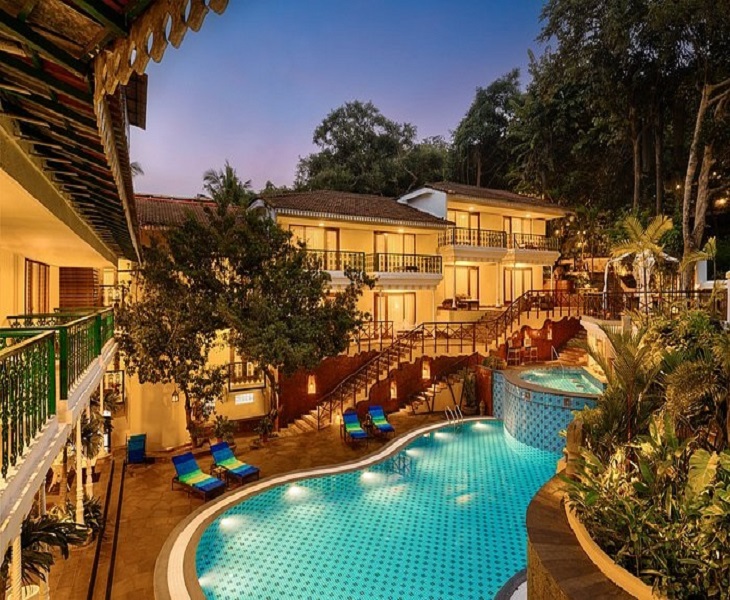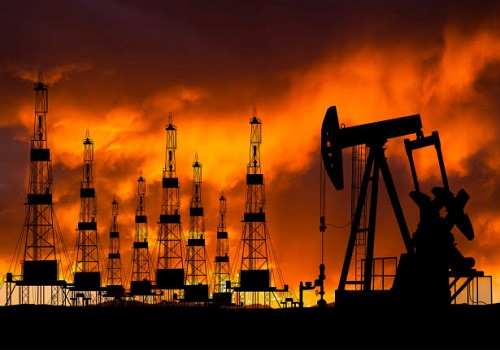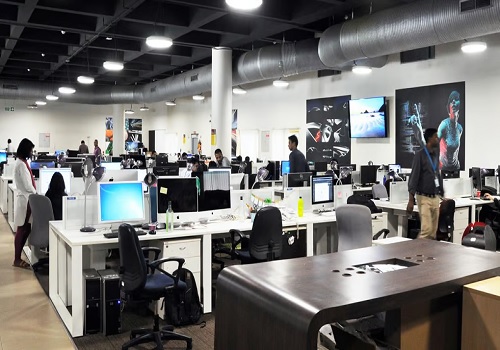Auto Sector: Elara Auto Tech-Insights: China visit by Elara Capital
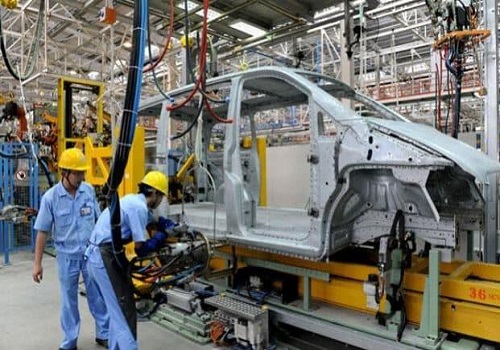
Post our thematic note, “China energizing seismic shifts” dated 27 January 2025, we facilitated an investor visit to China. During the five-day visit, interactions with some leading EV and legacy OEMs ( Geely, Nio, dealerships of legacy OEMs), battery players (Sunwoda, CALB), autonomous driving company, Momenta and test drives experiences of Chinese EV and autonomous vehicles were arranged. Following are some insights.
Consumer preference has shifted massively to Chinese OEMs from global legacy OEMs: Recently, Chinese OEMs have been able to topple the dominance of global OEMs, and now hold ~69% market share from ~36% in CY20. This was led by factors such as rapid adoption of new energy vehicles (NEVs), customer preference for digital cars (smartphone on wheels) and continued government support in form of incentives or trade-in subsidies.
Notably, it is the youth who prefer digital-native cars, and herein, Chinese OEMs far outweigh global legacy OEMs. German OEMs as brands do not invite the same enthusiasm as before, which we think is structural. Among other OEMs, BYD’s competitive edge should remain in the long-term owing to its unique backward integration of batteries. Scale of BYD blade cells on a similar platform is also a key edge versus peers. We were also impressed by the test drive of Nio ET9 and its luxurious feel and at an attractive price point of ~USD 100-120k, a serious competition to many peer models. On the contrary, legacy OEMs such as Geely (owner of Volvo cars) continue to adopt a mixed approach between ICE and NEVs, as they expect ICE models to remain relevant in the longer term.
Battery price may come down further: Our interactions with key battery players – Sunwoda and CALB – suggest that battery prices may reduce further. Some batteries may be recycled in a meaningful way in the next 1-2 years, thereby also providing cost advantage for players in China. A huge shift in automation is also underway – As an indication, CATL’s employee count pared from ~250/Gwh to just 25/Gwh. Over-capacity in cells in China may strain prices further in the medium term. Most cell makers are expanding capacities by +50%, which is a concern for profitability of the industry. That said, battery prices in China still remain 10-20% below that in the US and Europe. We expect the gap to widen further as China continues to dominate the supply chain and global capacities are still miles away from China’s. We also see meaningful progress happening on the charging and infrastructure front, especially with BYD and CATL’s megawatt chargers and advanced batteries, which commit ~500kms range in five minutes. However, closely monitor key safety risks at mass scale related to 1000V architecture. Our takeaways on autonomous driving, investments in battery and battery swapping were also interesting.
Readthrough for our coverage universe: We believe incrementally Chinese OEMs would gain global PV market share in medium to long-term from legacy OEMs which is a negative for suppliers such as Samvardhana Motherson (MOTHERSO IN; reiterate Sell), as also increasing uncertainty from US tariffs (refer our note, “Tariff uncertainty looms on Global demand”).
These risks are relatively smaller for Sona BLW Precision Forgings (SONACOMS IN, reiterate BUY) given its smaller exposure to legacy European OEMs (though challenges related to Tesla volumes remain). For JLR, China is a concern, and our interactions with legacy dealers in the country suggest premium customers have started evaluating luxury Chinese models as an option too (not the case earlier). This poses a structural risk to premium brands in China. JLR is hosting an investor day on 16 June 2025, when we expect more color on China and its much awaited FY26 guidance.
Please refer disclaimer at Report
SEBI Registration number is INH000000933
